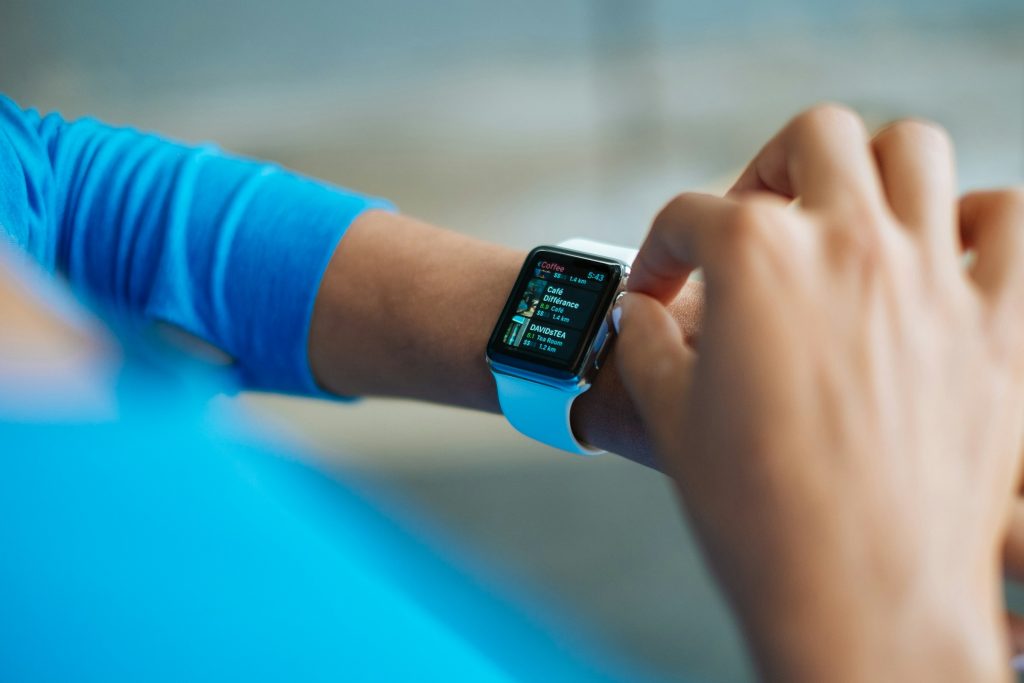Running watches promise everything from altitude maps to moon-phase widgets. Most of that noise can stay on the shelf. The best devices deliver clean pace, honest heart rate, and guidance that helps training stay consistent. When a watch supports good habits rather than chasing gimmicks, progress arrives without tech stress.
Useful design borrows from clear feedback loops seen in entertainment like casino games. Rules are visible, outcomes are logged, and the next decision is obvious. A running watch should do the same: show key data at a glance, record it reliably, and turn it into simple next steps.
What Data Actually Moves Fitness
Speed and endurance grow when effort lands in the right zone and recovery happens on time. That means trustworthy pace, distance, and heart rate first. GPS accuracy matters less than stability. A slightly conservative but consistent reading is more helpful than a wild trace that looks impressive on a map. Wrist heart rate is fine for easy days if the sensor is steady; a chest strap remains the reference for intervals.
Recovery guidance should be understandable in one breath. If a watch offers readiness or training load, the number must map to a simple decision like easy, steady, or hard. Complex dashboards belong on a laptop after the session, not on a wrist mid-run.
Core Sensors Worth Paying For
- Reliable GNSS tracking
Multi-band support helps in cities and under trees, but the real win is a steady line and consistent splits, not fancy graphics. - Heart rate that does not wander
A calm optical sensor is fine for daily miles. For speed work, easy pairing with a chest strap gives cleaner peaks and troughs. - Barometer for hills and weather
Smoother elevation gain and useful storm alerts add context for effort without demanding attention during the run. - Inertial sensors for cadence
Stable cadence and contact time help spot overstriding and guide form tweaks with minimal analysis. - Skin temp or variability as trend
Not for instant diagnosis, but for spotting fatigue patterns over weeks when combined with sleep and training load.
Screen, Controls, And Battery That Respect Momentum
Readable data beats pixel counts. High contrast numbers and a simple two or three field layout keep eyes on the path. Physical buttons still rule during rain and sweat, while a responsive crown or limited touch can assist menus when dry. Battery life should survive a workweek of daily runs without a hunt for outlets. Fast charging is a nice backup for travel days and spontaneous workouts.
Music and payments can help when training light. Local playlists remove phone dependency, and a quick tap for water on long runs reduces faff. None of these should complicate the start workout flow.
Training Tools That Earn Their Place
Pace alerts can be gentle nudges rather than nagging alarms. Structured workouts on the watch are powerful when they mirror a coach’s plan: warm up, repeat blocks, cool down. Navigation makes sense for trail days, yet course previews and breadcrumb lines are usually enough. Full maps help in the backcountry, but they add bulk and cost that many road runners never use.
Recovery timers, sleep tracking, and basic readiness scores are helpful if they match reality. If the watch calls for rest after every short interval set, the model needs tuning or the sensor fit needs work. The device should learn, not lecture.
Small Features That Save Time On Every Run
- One-button start and lock
Fewer taps mean fewer missed warmups. A quick lock prevents accidental pauses with long sleeves or gloves. - Auto-pause that behaves
Smart enough for city lights yet easy to disable for track work where stopping is part of the plan. - Customizable fields per sport
Different data for easy runs, intervals, trails, and strength sessions keeps the layout clean and relevant. - Post-run summaries that talk human
Short, plain-language notes like pace steadiness, hill distribution, or cadence drift beat dense charts. - Open standards for sync
Easy export to common platforms keeps data mobile if software preferences change later.
Building A Simple Routine
Technology helps most when routine is boring. A calm setup might look like this: charge while showering twice a week, keep two profiles (easy and workout), and review one metric trend on Sundays. That could be weekly mileage, time in easy zone, or cadence stability. One habit beats ten toggles. When a new feature arrives, test it for a week with a specific question in mind, then keep or discard based on clarity, not hype.
Fit, Comfort, And Durability
A light watch with a soft strap gets worn more, which means more complete records and better guidance. Quick-release bands allow a swap from silicone to nylon for hot days. Water resistance should handle rain, pools, and sweat without babysitting. Scratch-resistant glass pays for itself during trail seasons and winter sleeves.
Buying Advice In Plain Language
Pick the model that makes today’s training easier, not the one built for an imagined ultra. If racing 5K to half marathon, reliable optical heart rate, steady GPS, and simple interval support cover it. If training spans triathlon or long trails, prioritize battery, quick pairing with external sensors, and breadcrumb navigation. Always test visibility outdoors before deciding. If fields cannot be read at pace, the spec sheet does not matter.
The Finish Line
A good running watch is a quiet partner. Clear numbers, stable sensors, and tidy summaries guide effort without stealing attention. With that foundation, training becomes more consistent, races feel calmer, and fitness grows on schedule. Keep the tool simple, keep the routine steady, and let the miles do the talking.
